
In April 2025, the electric vehicle (EV) industry is buzzing with excitement over BYD’s 1000kW “Megawatt Flash Charger,” a technology that promises to add 400km (249 miles) of range in just 5 minutes. This development, part of BYD’s Super E-Platform, could bring EV charging times in line with refueling a gasoline car, addressing one of the biggest barriers to EV adoption. However, as with any groundbreaking technology, questions about feasibility, infrastructure, and long-term impacts arise. This exploration delves into the details of BYD’s charger, its potential, and the challenges it faces, drawing on recent announcements, industry insights, and community discussions.
Background on BYD’s Technology
BYD, a dominant player in China’s EV market, unveiled its 1000kW charger on March 17, 2025, as part of the Super E-Platform. This platform supports ultra-high voltage (1000V) and current (1000A), achieving a peak charging power of 1 megawatt (1000kW). The charger, dubbed the “Megawatt Flash Charger,” can deliver 2km of range per second, enabling 400km in 5 minutes. This is a significant leap over current fast chargers, such as Tesla’s V4 Superchargers, which peak at 500kW
The technology is initially available in two new models: the Han L sedan and Tang L SUV, set to launch in early April 2025. BYD has committed to building over 4,000 ultra-fast charging stations across China, with the first 500 stations operational by April 2025 to coincide with these vehicle launches. The platform also includes advanced features like a 30,000 RPM motor, delivering 580kW of single-motor power and a top speed exceeding 300km/h.
Technical Specifications and Capabilities
The Megawatt Flash Charger operates at a 10C charging rate, meaning the battery can theoretically charge 10 times its capacity per hour. This is achieved through:
- High-Power Delivery: The charger supports 1000V and 1000A, making it the first mass-produced EV charger to reach 1MW for passenger vehicles.
- Battery Design: BYD’s “Flash Charging Battery,” a lithium iron phosphate (LFP) design, is engineered to handle extreme charging speeds while maintaining safety and durability.
- Live Testing: During demonstrations, the charger reached 1MW within 10 seconds, charging the Han L and Tang L from 7% to 50% in 4.5 minutes.
The Super E-Platform also incorporates silicon carbide (SiC) power chips for efficient power delivery and a high-performance motor, enhancing overall vehicle performance.
Potential Benefits
The 1000kW charger offers several advantages that could transform the EV experience:
- Reduced Charging Times: By achieving 400km of range in 5 minutes, the charger eliminates one of the primary concerns for EV buyers: long charging times. This brings EVs closer to the convenience of gasoline vehicles.
- Increased Adoption: Faster charging could alleviate range anxiety, encouraging more consumers to switch to EVs, particularly in markets with high EV penetration like China.
- Competitive Advantage: BYD’s technology surpasses current industry leaders, such as Tesla’s 500kW V4 Superchargers, positioning BYD as a frontrunner in fast-charging innovation.
- Market Impact: Following the announcement, BYD’s shares reached a record high in Hong Kong, reflecting strong investor confidence in the company’s growth potential.
Feasibility and Challenges
While the technology is impressive, several challenges must be addressed for widespread adoption:
- Grid Capacity and Infrastructure:
- Challenge: Deploying 1000kW chargers at scale requires significant grid upgrades. Current electrical distribution networks, particularly in areas with outdated infrastructure, may struggle to handle the power demands of multiple high-power chargers.
- Details: Transformers, especially aluminium-wound ones, could overheat under sustained 1000kW loads, necessitating upgrades to copper-wound transformers or enhanced cooling systems. Additionally, the grid would require reinforcement, local energy storage, and active network management to maintain stability.
- Mitigation: BYD plans to integrate energy storage solutions to reduce grid strain, and industry-wide efforts to modernize grids are underway. However, the scale of investment needed for 4,000 stations is substantial.
- Battery Health and Degradation:
- Challenge: Fast charging at 1000kW generates significant heat, which can accelerate battery degradation. Studies suggest that frequent DC fast charging can increase degradation by up to 16% compared to AC charging.
- Details: BYD’s LFP-based “Blade” battery is designed for safety and longevity, and modern battery management systems (BMS) help mitigate thermal stress. However, the long-term effects of repeated 10C charging cycles are not yet fully documented.
- Mitigation: Independent testing is needed to verify battery durability under these conditions. Community discussions on platforms like Reddit highlight the importance of adequate cooling to prevent degradation.
- Regional Compatibility:
- Challenge: In Europe, the Combined Charging System (CCS) standard limits charging power to 500kW (1000V x 500A), making BYD’s 1000kW technology incompatible without infrastructure changes.
- Details: Most EVs in Europe use 400V or 800V architectures, with theoretical maximums of 200kW to 400kW. Adapting BYD’s technology for global markets would require new standards or region-specific solutions.
- Mitigation: BYD’s focus on China, where it controls a significant market share, may delay global expansion until these issues are resolved.
- Real-World Performance:
- Challenge: While BYD has demonstrated the charger’s capabilities in controlled environments, real-world performance may vary due to factors like ambient temperature, battery temperature, and state of charge.
- Details: For example, cold weather could reduce charging efficiency, as seen in other fast-charging systems. No independent third-party tests have verified BYD’s claims, leaving some uncertainty about practical performance.
- Mitigation: As the first 500 chargers are deployed in April 2025, real-world data and user feedback will provide clearer insights.
- Cost and Scalability:
- Challenge: Building and maintaining 4,000 high-power charging stations is a costly endeavor. The energy requirements and infrastructure upgrades add to the financial burden.
- Details: BYD has not disclosed the cost of this rollout, but the scale suggests a significant investment. Community discussions on Reddit note that replicating this infrastructure globally, such as in the US, would be “unbelievably difficult” for a for-profit company.
- Mitigation: BYD’s strong market position and government support in China may help offset costs, but global scalability remains a question.
Industry Context and Competitive Landscape
BYD’s 1000kW charger is part of a broader trend toward faster EV charging. Competitors like Tesla, with its 500kW V4 Superchargers, and Porsche, which has been testing 1000kW charging, are also pushing the boundaries. However, BYD’s technology stands out for its mass-market application and ambitious deployment plans.
- Comparison with Tesla: Tesla’s V4 Superchargers, while advanced, are half as powerful as BYD’s charger. This gives BYD a competitive edge, particularly in China, where fast-charging infrastructure is a priority.
- Global Trends: The push for ultra-fast charging reflects growing consumer demand for convenience. However, global adoption requires standardized charging protocols and infrastructure upgrades, which could take years.
- Market Dynamics: BYD’s announcement boosted its stock price, indicating strong market confidence. However, competitors like NIO, Xpeng, and Li Auto are also investing in fast-charging solutions, intensifying competition.
Community and Expert Perspectives
- Industry Experts: Analysts view BYD’s charger as a significant advancement but emphasize the need for infrastructure upgrades and independent verification. The Register notes that charging speeds can vary based on environmental conditions, and Electrifying highlights the limitations of European CCS standards.
- Community Discussions: On Reddit, EV enthusiasts express excitement about the technology but raise concerns about grid capacity, heat management, and battery degradation. Some users note that Porsche’s 1000kW testing suggests minimal degradation with proper cooling, but scaling this to a mass-market level remains challenging.
Table: Key Aspects of BYD’s 1000kW Charger
| Aspect | Details | Challenges |
| Charging Speed | 400km in 5 minutes, 2km per second | Varies with temperature and battery conditions |
| Battery Technology | LFP-based “Flash Charging Battery” designed for 10C charging | Potential degradation with frequent high-power use |
| Infrastructure | 4,000 stations planned, 500 by April 2025 | Requires grid upgrades, high costs |
| Regional Compatibility | Optimized for China, incompatible with Europe’s 500kW CCS standard | Needs new standards for global adoption |
| Verification | Demonstrated in controlled tests, no independent reviews | Real-world performance and reliability unconfirmed |
Future Outlook
As BYD begins deploying its 1000kW chargers in April 2025, several factors will determine its success:
- Real-World Data: User feedback and performance metrics from the initial 500 stations will clarify the technology’s reliability and practicality.
- Infrastructure Development: The pace of grid upgrades and energy storage integration will dictate how quickly BYD can scale its network.
- Global Expansion: Adapting the technology for markets like Europe and North America will require addressing regional standards and infrastructure challenges.
- Competitive Response: Rivals like Tesla and Porsche may accelerate their own high-power charging solutions, intensifying competition.
If BYD can overcome these hurdles, its 1000kW charger could set a new standard for EV charging, making electric vehicles more accessible and appealing to a broader audience. However, the technology’s full impact will only become clear as it is tested in real-world conditions and scaled beyond China.
Conclusion
BYD’s 1000kW Megawatt Flash Charger is a bold step toward making EV charging as fast and convenient as refueling a gasoline car. With the potential to add 400km of range in 5 minutes, it addresses a key consumer concern and positions BYD as a leader in fast-charging technology. However, challenges related to grid capacity, battery health, regional compatibility, and independent verification must be addressed for widespread adoption. As BYD rolls out its first 500 chargers in April 2025, the EV industry will be watching closely to see if this technology can deliver on its promise and reshape the future of sustainable transportation.



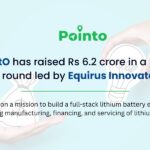


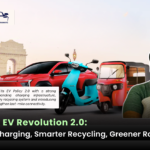
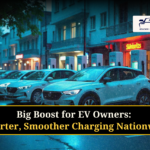
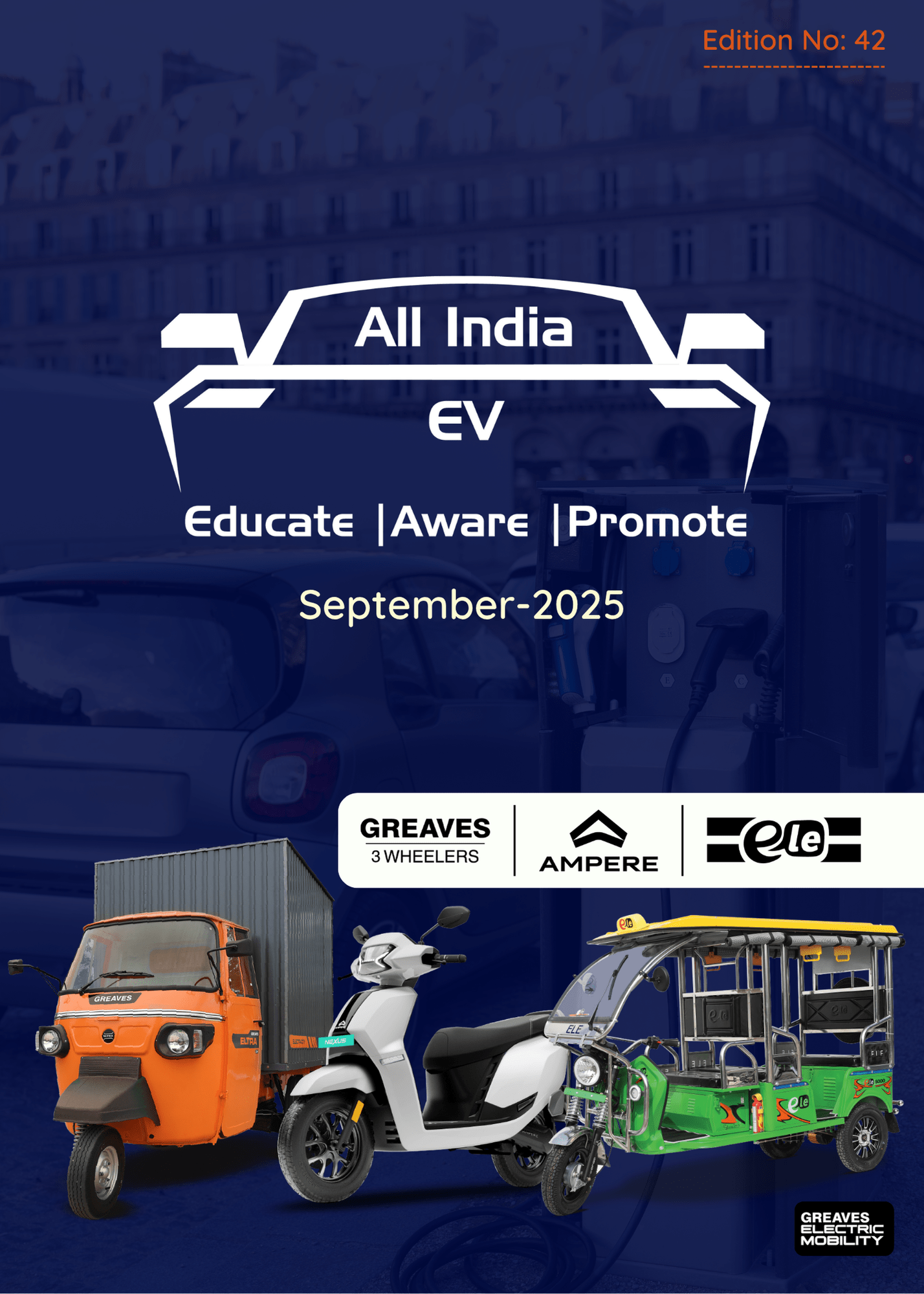

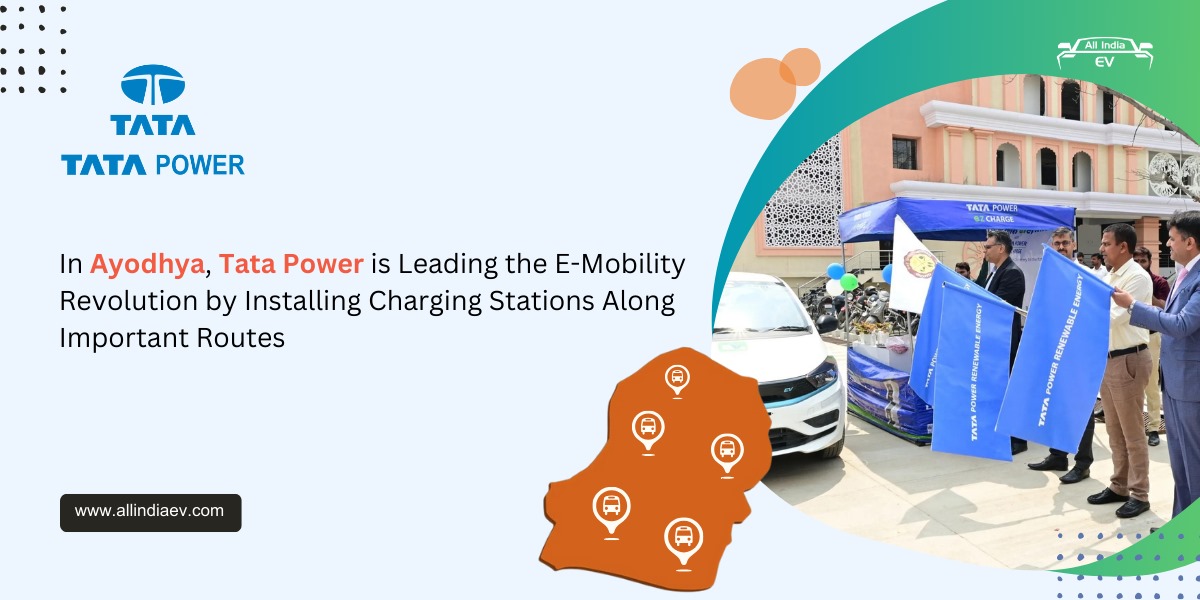
“Whoa! 400km in 5 mins? Super cool tech, BYD! But remember — big power needs big support. At Nikol EV, we’re building smart, safe, and scalable charging for India’s roads . Let’s grow fast and wise together!”
Get to know more about us here- http://www.nikolev.in
Contact us- 8485853574